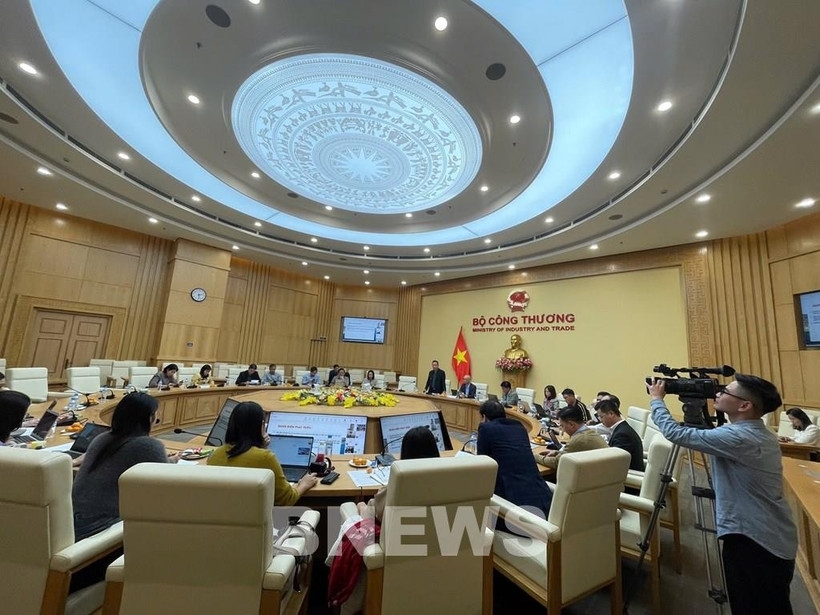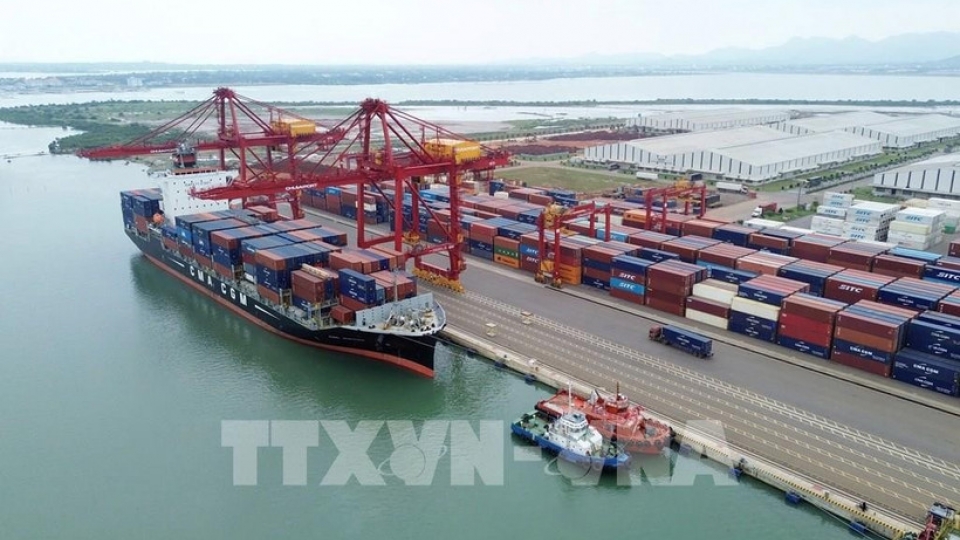Vietnam’s logistics strategy targets global supply chains
The Ministry of Industry and Trade has recently held a conference to implement the national logistics development strategy for 2025-2035, with a vision to 2050, the first of its kind with long-term and comprehensive scale and clear quantified targets.
Addressing the event, Deputy Director General Tran Thanh Hai of the ministry’s Agency of Foreign Trade, said the blueprint was approved under the Prime Minister’s decision dated October 9, 2025. This is the first logistics strategy ever issued by the Government, demonstrating that the sector is now regarded as a key economic one and reflecting strong State commitment to developing logistics services in the new period.
According to Bui Ba Nghiem, a senior specialist at the agency and deputy head of the drafting committee for the strategy, it defines logistics as an essential service, a driving force for socio-economic development, and a high-value-added sector with intensive knowledge content, oriented toward sustainable and efficient development in socio-economic and environmental terms.
Nghiem noted that the strategy highlights the need for development based on modern infrastructure systems, including transport, trade and technology, while placing people at the centre through long-term plans to build a high-quality workforce.
Targets for the 2025-2035 period are clearly quantified, with logistics contributing 5-7% of GDP, the sector growing by 12-15%, and logistics costs reduced to 12–15% of GDP. The strategy also looks to see the country’s logistics performance index (LPI) ranking among the world’s top 40, the establishment of five international-level logistics centres, and 70% of the workforce with specialised training.
According to Nghiem, to realise these major goals, nine key groups of solutions have been set out, spanning institutions, infrastructure, human resources and market development. Priority development regions include the Red River Delta, southeast and central regions, with major growth poles such as Hanoi, Hai Phong, Ho Chi Minh City and Da Nang. The strategy encourages stronger multimodal transport and economic corridor connectivity.
Experts highlighted that the issuing and implementation of the strategy marks a new vision for Vietnam in building a modern, digital and green economy. It opens opportunities to develop major logistics enterprises as well as regional- and international-standard logistics hubs.
However, they stressed that achieving breakthroughs will require strong political determination, coordinated action from ministries and localities, and market leadership from the business community. With clear orientation, long-term goals and consistent implementation, the sector is expected to enter a new phase of development, becoming a key driver of sustainable economic growth and global integration.




